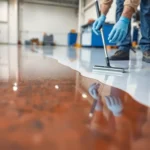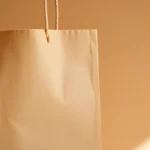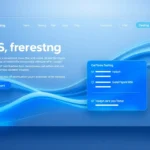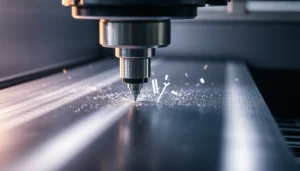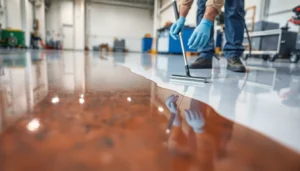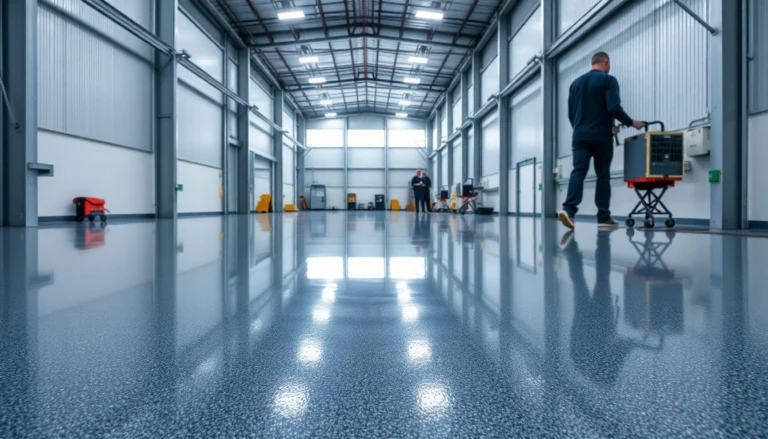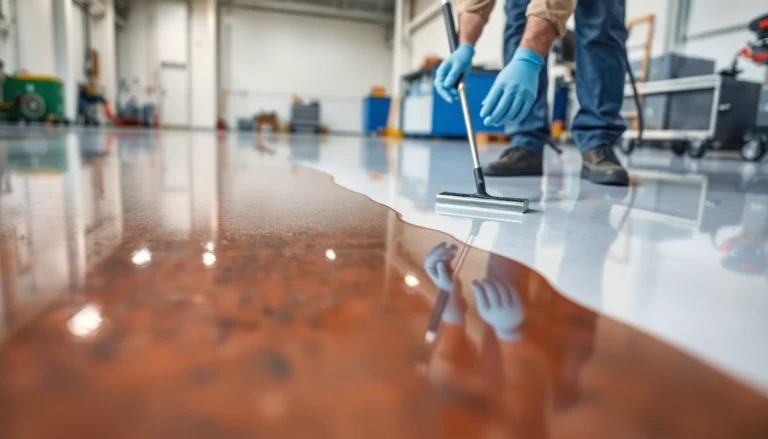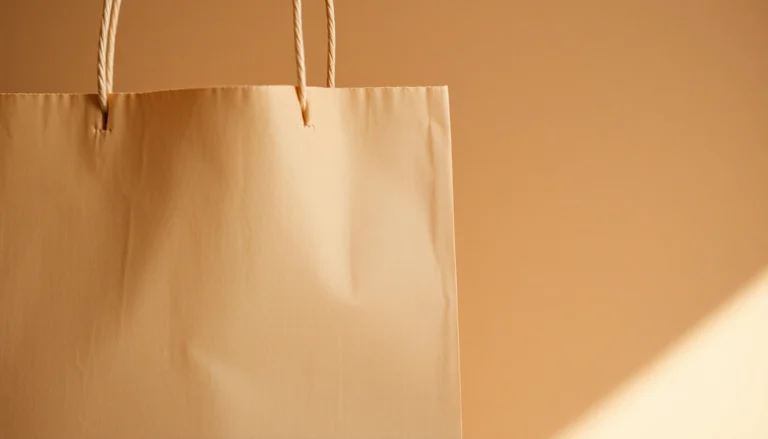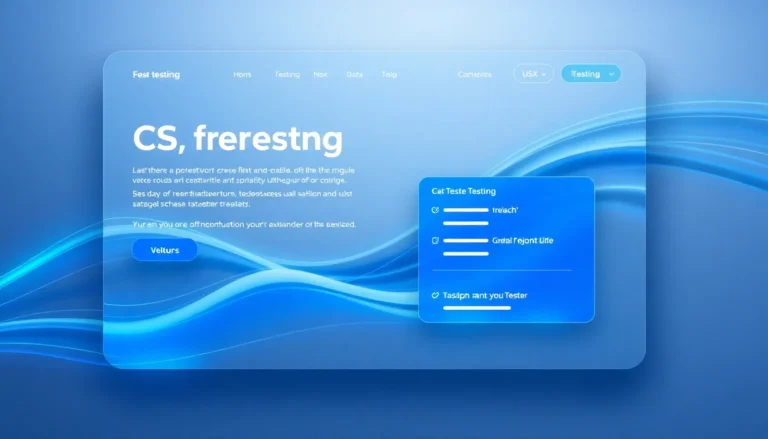Introduction to Polietilen Şişe: Material Properties & Benefits
In the rapidly evolving world of packaging, the demand for safe, durable, and versatile materials continues to rise. Among these, polietilen şişe stands out due to its exceptional properties and broad application spectrum. Constructed primarily from polyethylene (PE), these bottles have become indispensable in sectors such as food safety, chemical storage, cosmetics, and industrial packaging. Their popularity is rooted in a combination of environmental sustainability, cost-effectiveness, and functional flexibility, making them a preferred choice for manufacturers looking to deliver high-quality packaging solutions.
This comprehensive guide explores the material science behind polietilen şişe, its advantages over traditional packaging materials, innovative design features, manufacturing standards, and future market trends. By understanding the core aspects that make polietilen şişe an industry leader, stakeholders can optimize their packaging strategies and contribute to sustainable practices.
What is Polietilen Şişe and Its Composition
Polietilen şişe are plastic bottles manufactured predominantly from polyethylene, a versatile polymer known for its durability, chemical resistance, and lightweight nature. Polyethylene, classified into several types—including high-density (HDPE), low-density (LDPE), linear low-density (LLDPE), and others—offers customized solutions tailored to specific application needs.
The manufacturing process involves extrusion, blow molding, and casting techniques to create bottles of various shapes, sizes, and wall thicknesses. The base material’s chemical structure grants it a semi-crystalline or amorphous nature, influencing properties such as flexibility, rigidity, and permeability. Notably, polietilen şişe are often produced with additives that enhance UV stability, color retention, and barrier properties.
Because of its composition, polietilen şişe are highly resistant to moisture, acids, bases, and many organic solvents, making them suitable for storing a wide range of contents—from beverages to industrial chemicals. Additionally, they are considered food-safe, conforming to international standards like FDA certifications, provided the manufacturing processes adhere to strict quality controls.
Advantages of Using Polietilen Şişe in Packaging
The decision to employ polietilen şişe in packaging hinges on numerous qualities that deliver tangible benefits across manufacturing and consumer applications:
- Lightweight and Durable: These bottles are significantly lighter than glass counterparts, reducing shipping costs and improving logistical efficiency. Their impact resistance minimizes breakage during handling.
- Cost-Effectiveness: The manufacturing process for polietilen şişe is highly scalable and low-cost, facilitating competitive pricing for bulk orders and allowing small-to-medium enterprises to access quality packaging solutions.
- Chemical Resistance: Polyethylene’s inert nature ensures stability when in contact with various chemicals, making it suitable for pharmaceuticals, cleaning agents, and specialized industrial uses.
- Recyclability and Environmental Impact: Polietilen şişe are recyclable, with designated codes (usually #2 HDPE). Advances in recycling technologies have made it possible to produce secondary products, thereby supporting sustainability initiatives.
- Design Flexibility: The molding process allows for diverse shapes, sizes, and closure options, tailored to branding and functional requirements.
- Transparency and Aesthetics: Clear PE bottles enable consumers to view contents, improving product appeal. Coloring options further enhance brand identity.
Overall, these advantages solidify polietilen şişe’s status as a leading choice in the modern packaging landscape, balancing consumer expectations with environmental responsibility.
Comparison with Glass and Other Plastic Materials
While traditional materials like glass have long been used for packaging, polyethylene bottles offer distinct advantages and some limitations when compared to glass and other plastics such as PET (Polyethylene Terephthalate).
Polietilen Şişe vs. Glass
Glass bottles are renowned for their inertness and premium aesthetic, making them ideal for high-end products. However, they are heavy, fragile, and brittle, increasing logistical costs and risk of breakage. Conversely, polietilen şişe are lightweight, shatterproof, and resistant to impact, significantly reducing transportation and handling costs. From an environmental perspective, PE bottles are highly recyclable, whereas glass production involves high energy consumption and weight-related issues.
Polietilen Şişe vs. PET
PET is another popular plastic, especially in beverage packaging owing to its clarity and strength. Yet, PET is less resistant to certain chemicals and higher temperatures. Polyethylene, by contrast, performs better in chemical resistance and is often preferred for chemical and industrial storage. Additionally, HDPE bottles are more flexible and resistant to impacts than PET, making them suitable for a broader range of applications.
Each material has its niche; however, the choice depends on factors such as product compatibility, environmental considerations, cost, and branding strategies. In many cases, polietilen şişe complement other materials within a comprehensive packaging portfolio, leveraging their unique qualities for specific needs.
Applications and Industries Relying on Polietilen Şişe
Food and Beverage Sector
Polyethylene bottles are extensively used in the food industry for packaging water, soft drinks, oils, and syrups. Their ability to maintain content integrity and resist leaks makes them ideal for both retail and bulk distribution. Clear PE bottles allow consumers to assess product quality visually, and the customization options facilitate branding.
Chemicals and Industrial Usage
Industries utilize polietilen şişe for storing household chemicals, cleaning agents, fertilizers, and industrial lubricants. Their resistance to corrosive substances ensures safe storage and transportation. Moreover, their ability to withstand pressure changes and impacts enhances durability in challenging environments.
Cosmetics and Personal Care Products
The cosmetic industry favors PE bottles for shampoos, lotions, and other personal care items due to their aesthetic versatility, impact resistance, and safety certifications. Custom closures and branding labels elevate product appeal while maintaining functional integrity.
Design Innovations and Customization Options
Capacity and Size Variations
From small 50 ml bottles to large 5-liter containers, polietilen şişe are manufactured in a variety of sizes to cater to different usage scenarios. Advanced molding techniques allow for precise control over volume, wall thickness, and ergonomic shape design, enhancing consumer convenience and product stability.
Cap and Closure Features
Closures range from screw caps, flip-top lids, child-resistant caps, to pump dispensers, providing options suited for liquids, powders, or aerosols. Compatibility with tamper-evident seals and custom branding labels enhances security and recognition.
Branding and Labeling Opportunities
Digital printing, shrink sleeves, and embossing permit detailed branding on polietilen şişe. Custom colors and surface finishes enable manufacturers to distinguish their products in competitive markets, reinforcing brand identity and consumer trust.
Best Practices for Manufacturing and Handling
Manufacturing Standards and Quality Control
To ensure high-quality polietilen şişe, manufacturers must adhere to strict standards such as ISO 9001 and ISO 22000. Raw material verification, precise molding, and rigorous inspection protocols prevent defects like warping, cracking, or delamination. Incorporating UV inhibitors and stabilizers during production enhances longevity.
Storage and Transportation Tips
Store bottles in a dry, temperature-controlled environment away from direct sunlight to prevent material degradation. During transportation, stacking should avoid excessive pressure to prevent deformation. Use of appropriate pallets and cushioning materials minimizes impact damage.
Environmental and Recycling Considerations
Recycling polietilen şişe involves collection, cleaning, and reprocessing into pellets for new production. Encouraging eco-friendly practices, such as designing for recyclability and establishing take-back schemes, reduces environmental footprint. Innovations in biodegradable polyethylene variants are emerging to further enhance sustainability.
Future Trends and Market Insights for Polietilen Şişe
Emerging Technologies and Innovations
Advancements include nanocomposite materials that improve barrier properties, twist-fit closures for enhanced security, and smart labels with RFID or QR codes for traceability. Bioplastics based on bio-derived polyethylene are also under development, aiming to reduce reliance on fossil fuels.
Market Growth and Consumer Demand
The global demand for flexible, lightweight, and eco-friendly packaging solutions continues to rise. Markets in Asia, Europe, and North America are exhibiting sustained growth, driven by stricter regulations and increased environmental awareness.
Sustainability Initiatives and Eco-Friendly Solutions
Companies are investing in closed-loop recycling systems, developing biodegradable polyethylene, and promoting consumer education on recycling practices. Regulatory frameworks increasingly favor sustainable packaging, pushing innovation in polietilen şişe design and production.


